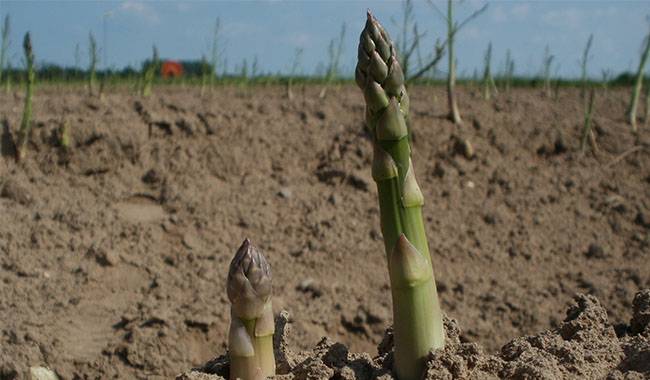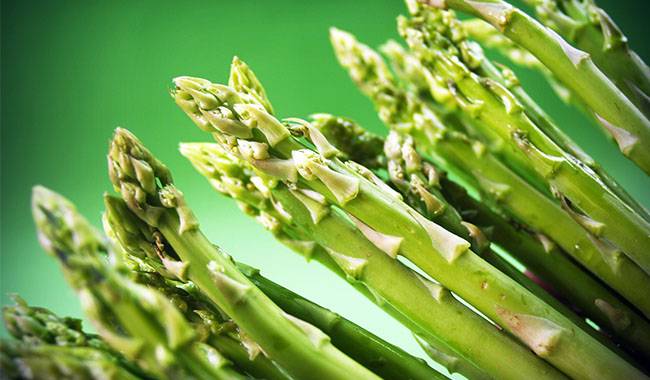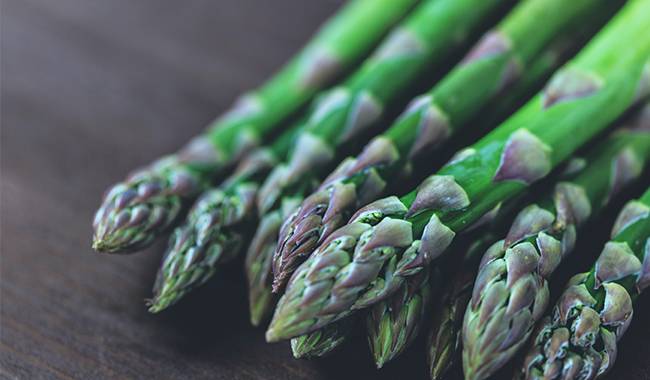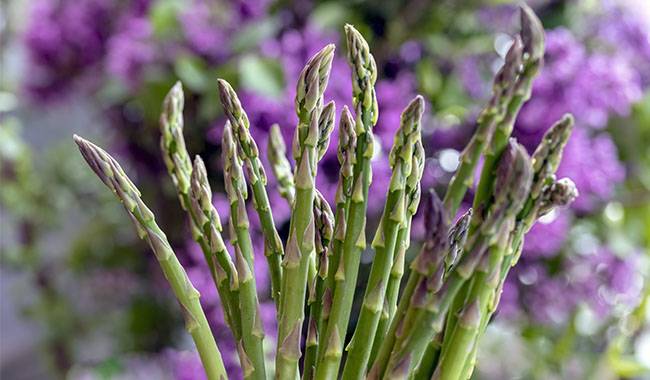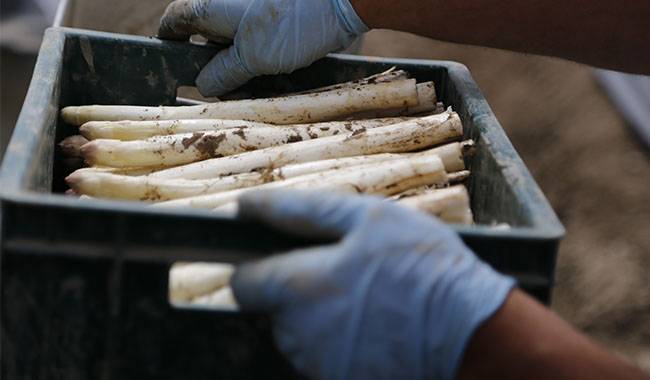
There are many people who grow asparagus. This article will share with you when to harvesting asparagus and how to harvesting asparagus.
Asparagus is generally harvested in the second year after planting and harvested twice a year.
The first harvest time of each year is April-June, and the second harvest time is September-November. The summer weather is hot, the quality of asparagus is poor, and the yield is low, making it unsuitable for harvesting.
Harvest time
You need to choose the right time to harvest asparagus. Asparagus grows vigorously from March to June each year;
Therefore, harvesting of asparagus needs to be carried out from March to June, and the asparagus will drill out of the soil in the early morning. At this time, the asparagus is the most tender, so the asparagus can be harvested in the early morning.
Cultivate the soil 1-2 weeks before harvest. In spring, it should be carried out after the ground temperature rises but before the sprouts are unearthed.
But it should not be too early. The slow rise of soil temperature will affect the growth of sprouts.
Harvesting method
Method 1
When harvesting asparagus, you need to insert the knife into the soil near the asparagus at an angle of fifty degrees with the ground, and then dig out the asparagus roots from the soil.
At the same time, after harvesting, the asparagus needs to be kept in a dark environment to prevent the excavated asparagus from being irradiated by strong light, causing water loss and poor taste.
Method 2
After seeing the small cracks, use your left hand to remove a little bit of soil. When you see the head of the young stem, remove a little bit of soil until you see the growth direction of the young stem.
Then pierce the asparagus knife in your right hand toward the base of the young stem, pry the handle down, and pry the young stem out of the soil.
Be accurate, don’t cut other unearthed young shoots, but also damage the roots to prevent germs from entering.
When harvesting white asparagus, no matter how thin the young stems are, as long as they have emerged from the ground, they should be harvested. After harvesting, fill the cavity with soil immediately and level it.
Matters needing attention
When harvesting asparagus, you need to pay attention to. It is best to start digging at a distance of five centimeters from the root of the asparagus to avoid damage to the asparagus stems. At the same time, you need to fill the soil back into the pit after digging, so that the asparagus in the next season can grow smoothly, and also Appropriate harvesting is needed to avoid over-harvesting affecting the growth of asparagus.
When cultivating the soil, the unfermented compost and the stems and leaves from the previous year cannot be left in the soil, otherwise, it is easy to cause rust on the young buds.
The cultivated soil should be dry and loose to allow good ventilation. Do not use soil that is bonded into blocks for soil cultivation, so as to avoid bending the young stems or turning the asparagus green due to the penetration of light.
The height of the soil cultivation depends on the specifications of the harvested young stalks. For example, the length of the harvested young stalks needs to be 17 cm, and the height of the soil cultivation ridge is about 22 cm. The entire ridge surface is made into a flat semicircle.
In order not to make the asparagus out of the ground and color, you must always pay attention to the small cracks on the surface of the soil for no reason during the harvest (the small cracks are due to the young shoots protruding from below).
The harvested asparagus is cleaned with clean water, and the diseased, curved, and deformed young shoots are picked out, and then graded according to the standard, cut into a certain length, bundled into a bundle every 500 grams, and covered with a damp cloth to prevent light coloring and fibrosis. Deteriorated.
Fresh asparagus is very perishable, so after harvesting, try to store it under 40°F and refrigerate it to prevent it from spoiling. Cook and enjoying it asap.
Post-maintenance
When the asparagus is maintained in the later stage, it is necessary to provide sufficient light for the plant to allow the asparagus to photosynthesize normally, and at the same time, it can also provide the asparagus with nitrogen, phosphorus and potassium mixed fertilizer to increase the growth rate of the plant, and to water the asparagus with rich minerals. Moisture soaks all the soil, allowing asparagus to grow better.
Tips:
When harvesting asparagus, you need to insert a knife diagonally into the root of the asparagus when harvesting, and then dig out the tender asparagus. At the same time, it can provide the asparagus with decomposed organic fertilizer and nutrient-rich water after harvesting, so that the plant can adapt to the environment as soon as possible. Better growth.
We highly recommend you to read “What are the benefits of asparagus“
The methods of harvesting asparagus are shared in this article and hope it can help you harvest your asparagus.




